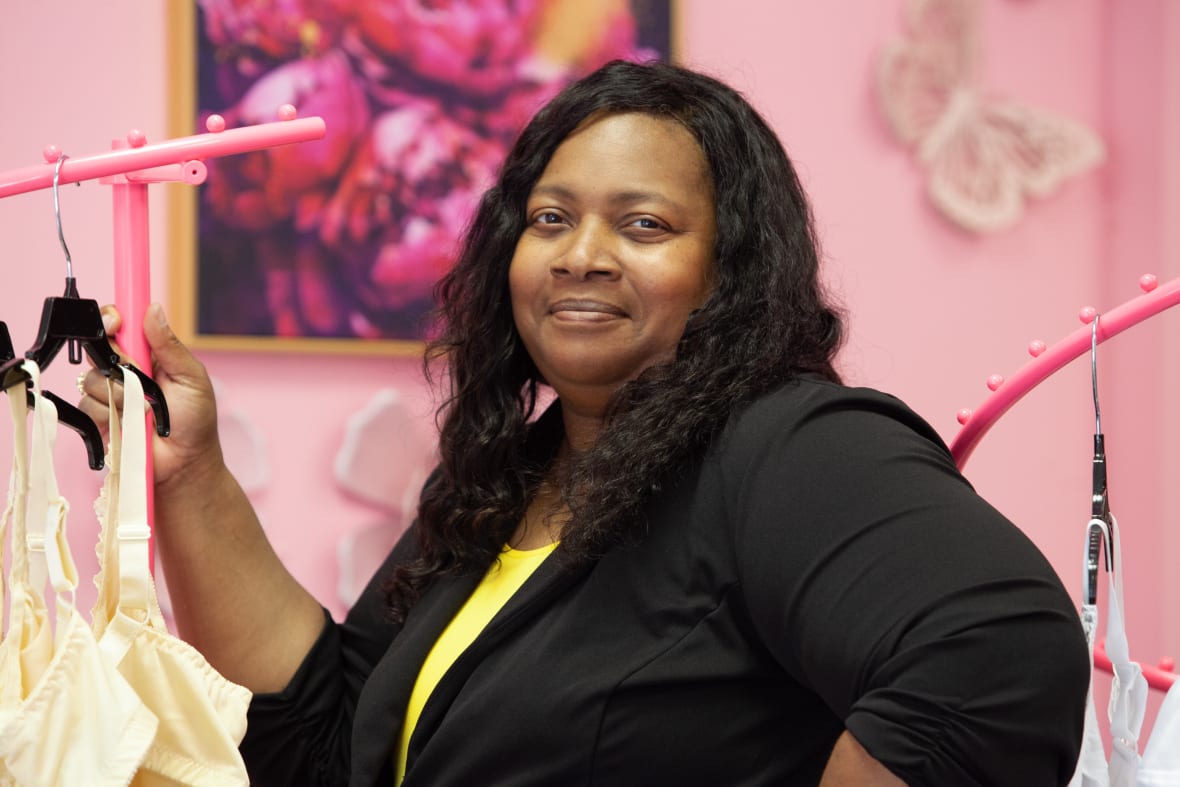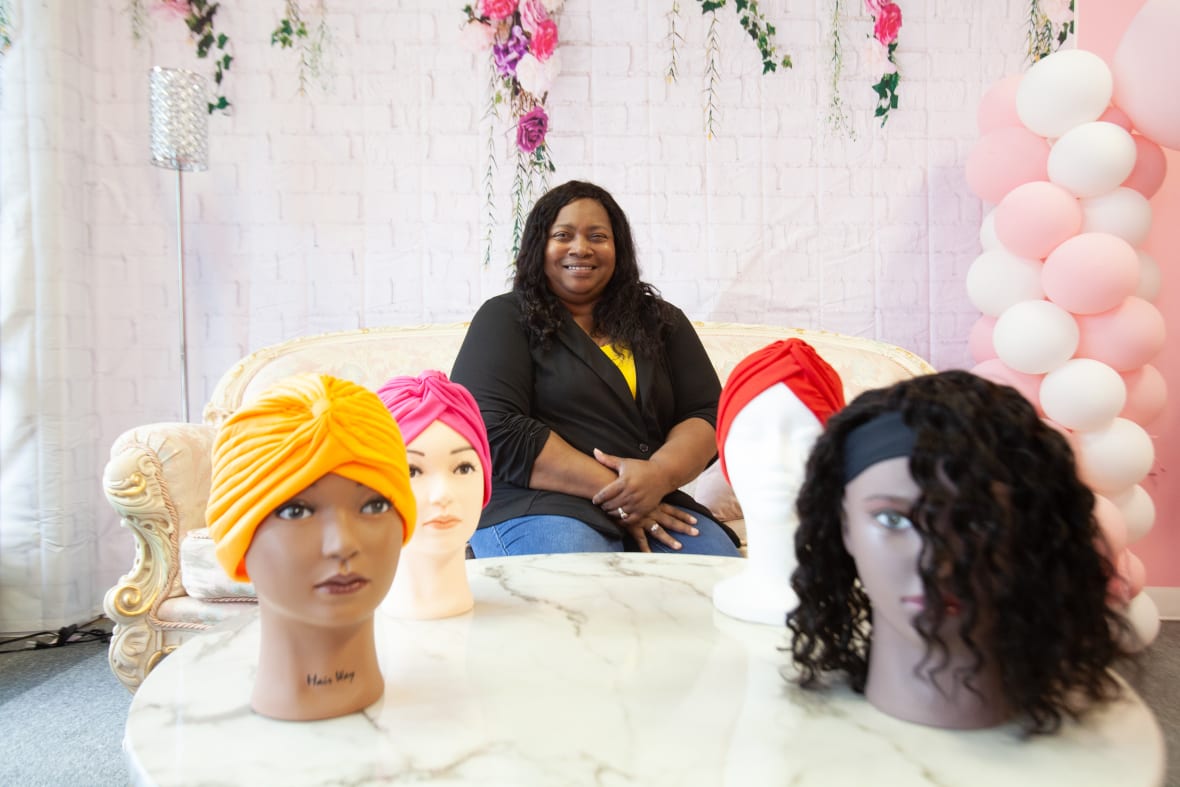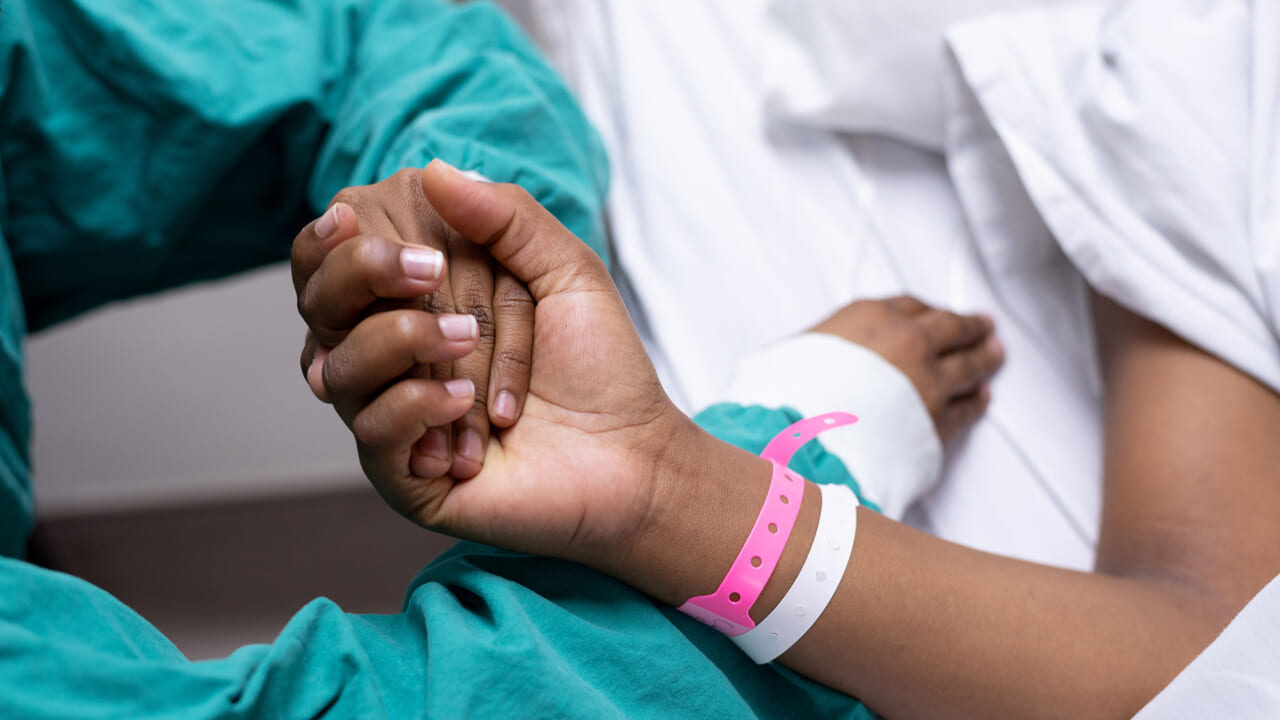Crowdfunding helps white people with medical debt, but not Black people
A review of 800 medical campaigns that generated more than $100,000 on GoFundMe, found that only five of those high-dollar efforts were for Black women, and two of those had white organizers.
SUFFOLK, Va. — When Kristie Fields was undergoing treatment for breast cancer nine years ago, she got some unsolicited advice at the hospital: Share your story on the local news, a nurse told her. Viewers would surely send money.
Fields, a Navy veteran and former shipyard worker, was 37 and had four kids at home. The food processing plant where her husband worked had just closed. And Fields’ medical care had left the family thousands of dollars in debt.
It was a challenging time, said Fields, who has become an outspoken advocate for cancer patients in her community. But Fields and her husband, Jermaine, knew they wouldn’t go public with their struggles. “We just looked at each other like, ‘Wait. What?’” Fields recalled. “No. We’re not doing that.”

It was partly pride, she said. But there was another reason, too. “A lot of people have misperceptions and stereotypes that most African American people will beg,” explained Fields, who is Black. “You just don’t want to be looked at as needy.”
Health care debt now burdens an estimated 100 million people in the U.S., according to a KFF Health News-NPR investigation. And Black Americans are 50% more likely than white Americans to go into debt for medical or dental care.
But while people flock to crowdfunding sites like GoFundMe seeking help with their medical debts, asking strangers for money has proven a less appealing option for many patients.
Black Americans use GoFundMe far less than white Americans, studies show. And those who do typically bring in less money.
The result threatens to deepen long-standing racial inequalities.
“Our social media is inundated with stories of campaigns that do super well and that are being shared all over the place,” said Nora Kenworthy, a health care researcher at the University of Washington in Bothell who studies medical crowdfunding. “Those are wonderful stories, and they’re not representative of the typical experience.”
In one recent study, Kenworthy and researchers Shauna Elbers Carlisle and Aaron Davis looked at 827 medical campaigns on GoFundMe that in 2020 had raised more than $100,000. They found only five were for Black women. Of those, two had white organizers.
GoFundMe officials acknowledge that the platform is an imperfect way to finance medical bills and that it reaches only a fraction of people in need. But for years, health care has been the largest category of campaigns on the site. This year alone, GoFundMe has recorded a 20% increase in cancer-related fundraisers, said spokesperson Heidi Hagberg. As Fields learned, some medical providers even encourage their patients to turn to crowdfunding.
The divergent experience of Black patients with this approach to medical debt may reflect the persistent wealth gap separating Black and white Americans, Kenworthy said. “Your friends tend to be the same race as you,” she said. “And so, when you turn to those friends through crowdfunding for assistance, you are essentially tapping into their wealth and their income.”
Nationally, the median white family now has about $184,000 in assets such as homes, savings, and retirement accounts, according to an analysis by the Federal Reserve Bank of St. Louis. The assets of the median Black family total just $23,000.
But there is another reason Black Americans use crowdfunding less, Fields and others said: a sensitivity about being judged for seeking help.
Fields is the daughter of a single mom who worked fast-food jobs while going to school. The family never had much. But Fields said her mother gave her and her brother a strict lesson: getting a hand from family and friends is one thing. Asking strangers is something else.

“In the Black community, a lot of the older generation do not take handouts because you are feeding into the stereotype,” Fields said.
Her mother, whom Fields said never missed paying a bill, refused to seek assistance even after she was diagnosed with late-stage cancer that drove her into debt. She died in 2019.
Confronting the stereotypes can be painful, Fields said. But her mother left her with another lesson. “You can’t control people’s thoughts,” Fields said at a conference in Washington, D.C., organized by the National Coalition for Cancer Survivorship. “But you can control what you do.”
Fields said she was fortunate that she and her husband could rely on a tight network of relatives and friends during her cancer treatment.
“I have a strong family support system. So, one month my mom would take the car payment, and his aunt would do the groceries or whatever we needed. It was always someone in the family that said, ‘OK, we got you.’”
That meant she didn’t have to turn to the local news or to a crowdfunding site like GoFundMe.
UCLA political scientist Martin Gilens said Fields’ sensitivity is understandable. “There’s a sort of a centuries-long suspicion of the poor, a cynicism about the degree of true need,” said Gilens, the author of “Why Americans Hate Welfare.”
Starting in the 1960s, that cynicism was reinforced by the growing view that poverty was a Black problem, even though there are far more white Americans living in poverty, according to census data. “The discourse on poverty shifted in a much more negative direction,” Gilens explained, citing a rise in critical media coverage of Black Americans and poor urban neighborhoods that helped drive a backlash against government assistance programs in the 1980s and ’90s.
Fields, whose cancer is in remission, resolved that she would help others sidestep this stigma.
After finishing treatment, she and her family began delivering groceries, gas cards, and even medical supplies to others undergoing cancer treatment.
Fields is still working to pay off her medical debt. But this spring, she opened what she calls a cancer care boutique in a strip mall outside downtown Suffolk. PinkSlayer, as it’s called, is a nonprofit store that offers wigs, prosthetics, and skin lotions at discounted prices.
“The one thing my mom always said was, ‘You fight whatever spirit that you don’t want near you,’” Fields said as she cut the ribbon on the store at a ceremony attended by friends and relatives. “We are fighting this cancer thing.”
In one corner of her small boutique, Fields installed a comfortable couch under a mural of pink and red roses. “When someone is in need, they don’t want to be plastered all over your TV, all over Facebook, Instagram,” Fields explained recently after opening the store. “They want to feel loved.”
KFF Health News , formerly known as Kaiser Health News (KHN), is a national newsroom that produces in-depth journalism about health issues and is one of the core operating programs at KFF — the independent source for health policy research, polling and journalism.
TheGrio is FREE on your TV via Apple TV, Amazon Fire, Roku, and Android TV. Please download theGrio mobile apps today!


